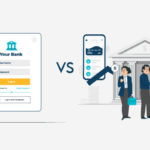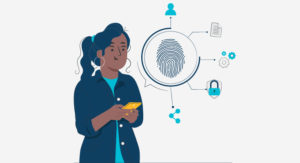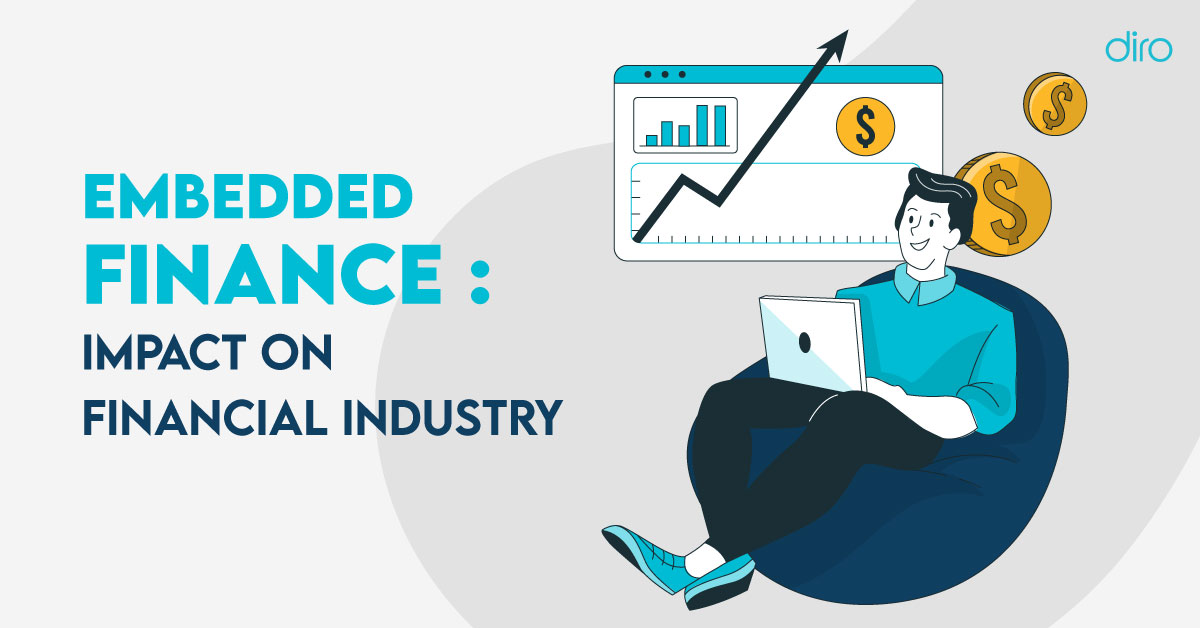What is a Data Breach? All You Need to Know

Data breaches have become incredibly common in recent years and they keep businesses on their toes. Businesses need to know what a data breach is, how to prevent it and keep sensitive information safe.
In this guide, we’ll dive deep into what is a data breach and tips to prevent it.
What is a Data Breach?
A data breach happens when someone (most likely a fraudster or a bad actor) gains unauthorized access to sensitive/confidential information. The information can be:
- Credit card & debit card numbers
- Social security numbers
- Personally identifiable information
The most common ways for fraudsters to gain access to this information is by hacking, phishing, or gaining access to a physical device (laptop/mobile). The impact of a data breach can be massive, leading to severe financial and legal consequences.
Data breaches shake businesses to their core. They’re not just an IT department problem, they impact every vertical of the business. In just the first half of 2024, the number of data breach victims crossed more than 1 Billion.
Businesses that handle large corpus of sensitive information (banks, FIs, data banks), need to know how data breaches happen and how to prevent them.
Common Types of Data Breaches
Having a clear understanding of types of data breaches can help businesses figure out how to prevent them. Here are the most common types of data breaches:
1. Phishing Attacks
Phishing scams are super common and thousands of businesses are impacted each year. A fraudster sends fake emails or messages that mimic a trusted source (bank, FIs, service provider). The fake email/message aims to push users to share sensitive information.
Most users often have no idea that they’re giving up their information to a bad actor. When they do, it’s way too late.
2. Malware and Ransomware
Malware-based attacks involve using malicious software to gain access to a closed or unauthorized system. Ransomware is another type of software-based attack that locks up a victim’s device & data. The fraudsters then ask for payments to unlock the device.
If a business is attacked by Ransomware, it can shut down entire businesses, causing significant downtime & financial loss.
3. Insider Threats
Some data breaches are caused by internal parties. It could be intentional or unintentional. Internal threats can involve employees, contractors, or business partners with access to sensitive information. These parties can misuse the sensitive information, or share the information with someone bad actors.
4. Physical Theft
Data breaches can also happen via physical methods. As we mentioned earlier, sometimes fraudsters steal physical devices (laptops, USB drives, phones, paper records). Businesses need to follow safeguards that protect these physical devices from falling into the hands of the wrong individuals.
5. Credential Stuffing
Credential stuffing is objectively a new type of fraud, it’s where the hackers use stolen user credentials to break into accounts.
Credential stuffing works well as individuals tend to reuse the same passwords across multiple websites. The way to prevent this is by using a combination of unique passwords. A password manager is a great way to prevent this type of data breach.
Data Breach Prevention Strategies
Preventing data breaches requires a combination of technology, policies, and awareness.
1. Strong Password Policies
One simple method to prevent data breaches for businesses & individuals is by enforcing strong password policies. Individuals should use a mix of strong passwords by combining letters, numbers, and symbols.
Businesses should enforce a password manager on every device that generates new, strong passwords every time.
2. Regular Software Updates
Updating your software regularly ensures there’s no weakness for fraudsters to explore. Outdated software often has vulnerabilities that bad actors love to exploit. Keeping your software up to date can help you close the security gaps and protect your systems.
3. Employee Training
The primary factor behind data breaches is human error, Businesses should aim to train employees about the risks of phishing, the importance of secure passwords, and how to safeguard sensitive information.
4. Multi-Factor Authentication (MFA)
Multi-factor authentication (MFA) acts as another layer of security in the verification process. MFA requires users to verify their ID through multiple layers, such as –
- Password protection (First layer)
- One-time password at the time of login (Second layer)
With MFA, users will be informed whenever someone is trying to log in to their accounts without their authorization.
5. Encryption of Sensitive Data
By encrypting sensitive data, businesses can convert data into a code that can only be read with the right key. Even if fraudsters get their hands on sensitive information, they won’t be able to use it without a decryption key.
Protective Measures Against Data Breaches
Even with the best prevention techniques, data breaches can still happen. Businesses need to implement strong protection measures to minimize the damage. Here are all the protective measures businesses can implement:
1. Firewalls and Intrusions Detection Systems
Firewalls act as a barrier between your information and outsiders trying to gain unauthorized access. Intrusion detection systems monitor your devices for unusual activity or signs of a breach. Combined, these technologies offer great protection against cyberattacks.
2. Secure Backup Solutions
Businesses should invest in backup solutions that regularly back up data. If a breach does happen, it ensures businesses can recover their data quickly, reducing downtime and loss.
3. Access Control Management
Businesses can significantly prevent the risk of data breaches by limiting data access to only those who need access. This can significantly restrict the damage done by insider threats.
4. Monitoring & Logging
By continuously monitoring and logging network information, businesses can detect suspicious behavior early, increasing the chances for a quick response to potential breaches.
Detailed logs can help businesses understand the weak points and prevent the breach from happening again.
5. Implementing Third-Party Software
Businesses can use third-party verification software such as DIRO document verification to ensure all customers are onboarded with proper checks. Businesses can use this to cross-reference data any time they suspect chances of fraud.
Summing Up
Data breaches can cause severe damage to businesses. By understanding the root causes, what they are, and the type of breaches, and by implementing effective prevention, businesses can significantly reduce the level of data breach risk.












